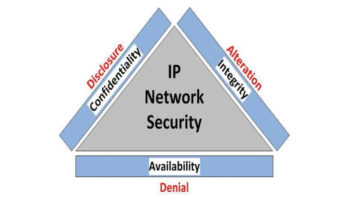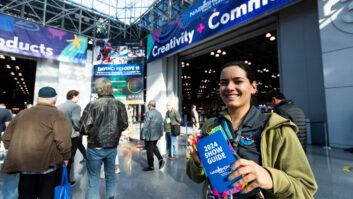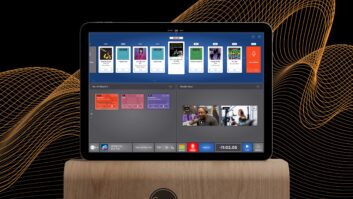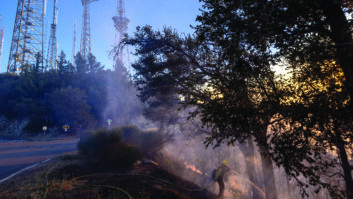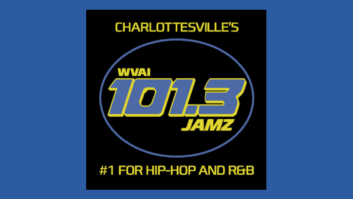
In gathering ideas for our recent “25 Things” webinar, I asked numerous observers for comments on industry trends. Thought I’d share a few here too.
Steve Davis, senior VP of engineering and capital management for Clear Channel Radio, is surprised he still runs into people who consider the Internet, digital and HD Radio as threats.
“As long as we are providing compelling content and selling advertising on it, we should be agnostic about the delivery mechanism,” Davis told me in an e-mail.
“CC has a lot invested in terrestrial over-the-air delivery and continues to see this as a strong and vital platform, with the dual advantages of huge reach and local targeting (each signal is in a local geographic area — unlike, say, the satellite footprint or Internet),” he emphasized. “But we also see the unique opportunities that other delivery mechanisms present.”
Steve also praised the National Radio Systems Committee for adopting an updated analog FM subcarrier-based data broadcasting system standard. “It opens the door for all broadcasters to provide more rich content over radio, such as real-time traffic information.”
NAB’s Senior Director of Advanced Engineering David Layer believes “the whole industry seems to be rallying around support of program-associated data, recognizing that PAD is necessary to compete with broadband services (like Pandora) and satellite radio.”
He thinks it’s important for FM analog, FM digital and AM digital broadcasters to support a consistent program-associated data experience for listeners.
“Broadcasters and equipment manufacturers are getting more on-board with this, but participation needs to be much higher if terrestrial broadcasters are going to be competitive.”

Solergy makes a Cogeneration Concentrated Photo-voltaic solar energy system, or Co-gen CPV, that promises very high efficiency. Photo by Jim Peck
Radio data is on the mind of Radio World contributor Tom Vernon, too.
“If you’ve been letting RDS run on autopilot while busy with other things, it’s time to check in again,” he says. At the NAB convention, “Slide shows illustrated how RDS looks on larger display in new car radios. Also, the addition of FM tuners to mobile devices is another incentive to pay attention.”
Says Tom: “He who masters these details can gain a competitive advantage in a tough market.”
He also was impressed with a solar panel made by Solergy, a Cogeneration Concentrated Photo-voltaic solar energy system, or Co-gen CPV. It captures not only the electricity generated by the CPV cells, but also the heat; so the panels achieve a claimed overall efficiency of around 75 percent. They could be used to heat transmitter buildings, or run through an absorption chiller for air conditioning.
With rebate programs as in California, Tom says, these panels can pay for themselves in about five years.
Mood swing
A common theme is that business has improved and that the cap-ex outlook for U.S. radio stations is better that it had been.
To be clear, that’s coming out of some pretty lean years. As engineering guru Ron Rackley told me, “I would not say there was wild optimism for a growing radio business like in, say, the 1980s when FCC rulemakings were rolling out new opportunities.”
But it seems broadcasters largely have recovered from a feeling of financial free-fall and are starting to think of their facilities in terms of the future.
One radio DOE said “the economy certainly slowed capital spending, but at least in large and medium markets, key purchases are still taking place. Savvy owners seem to recognize that deferred maintenance or replacement later will be more costly.”
But a note of caution: Another exec with a big commercial group told us recently that many broadcasters, especially publicly held ones, are expecting a softer second quarter and summer, and have asked stations to cut back on expenses, except for mission-critical stuff.
Meanwhile, eyeing the broader competitive landscape, RW Engineering Extra Technical Editor Michael LeClair says Internet radio is on the verge of gaining the capacity to go wireless on a scale that dwarfs standard broadcasting.
“At the Public Radio Engineering Conference, there was a presentation and discussion on web streaming that revealed that most broadcasters are just on the very edge of being able to monetize their streaming, and still a long ways from making a profit on it,” he said.
“At the same time, radio broadcasters are well established in the streaming world, and a large proportion, if not the majority, of Internet radio listening is to streams provided by radio broadcasters. This is a very interesting trend because of the conflicting currents.”
With the uptick in the economy, Michael predicts that Internet streaming will start to find more sponsors and perhaps start to support itself, at least in part.
And NAB Director of Digital Strategies Skip Pizzi, a former colleague at Radio World, says we can expect to hear the phrase “glass dashboard” more, as radio managers try to keep their services front and center in the world of electronic instrument displays.
That phrase is borrowed from aviation, where they talk about the “glass cockpit” (as opposed to old mechanical gauges).
Comment on any of these points to [email protected]. For more thoughts on radio’s direction, and a lot of other neat stuff, view the webinar free under the Resource tab of our website, click on Webinar Archive.

